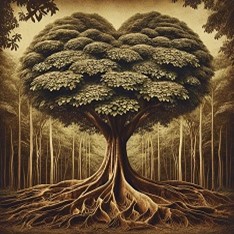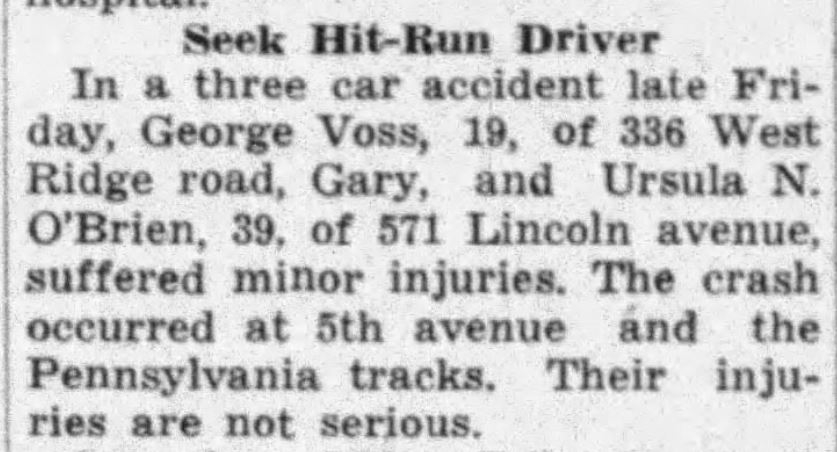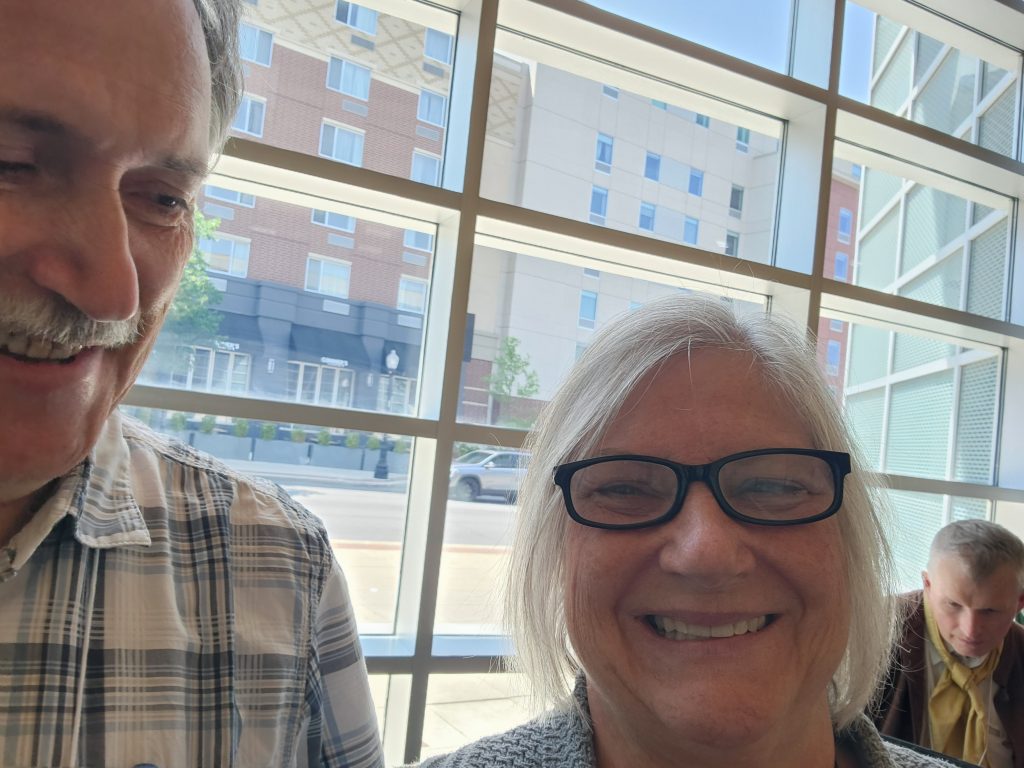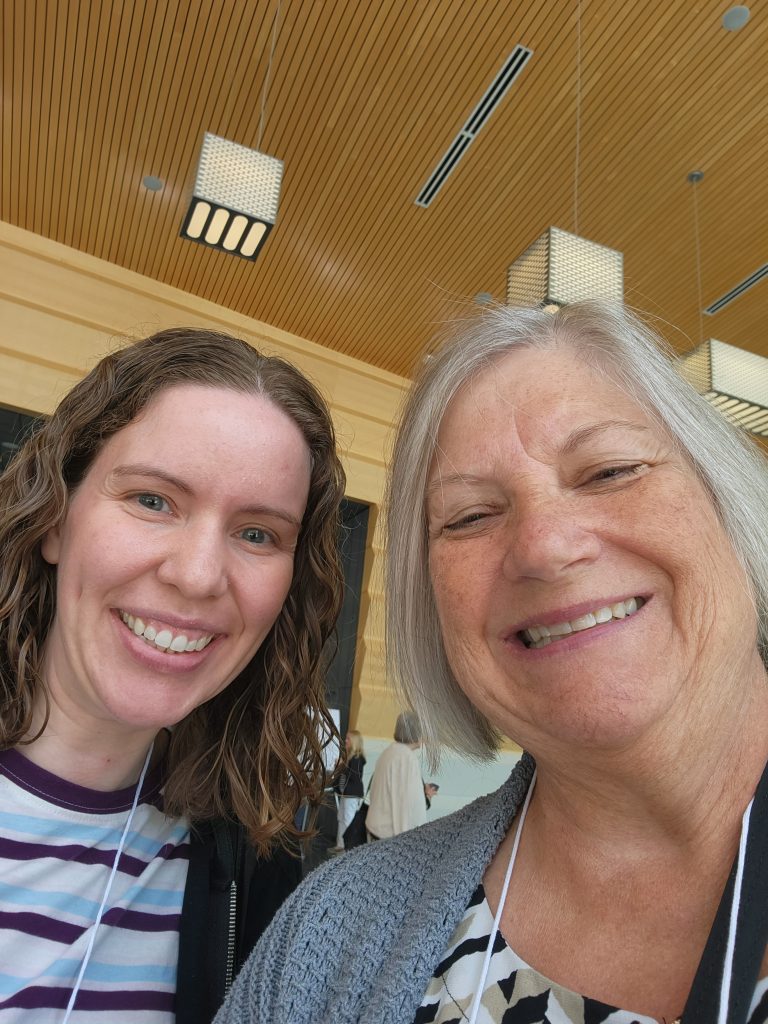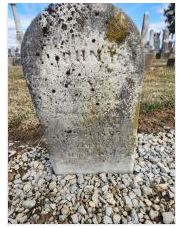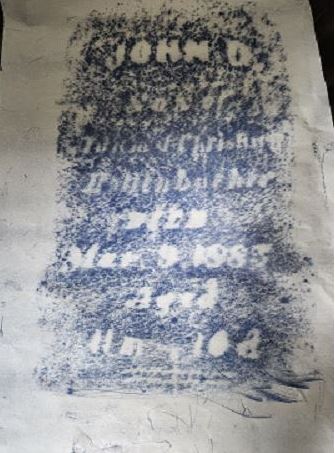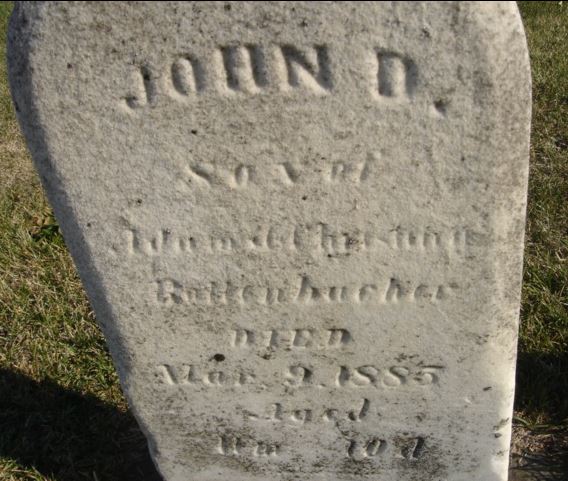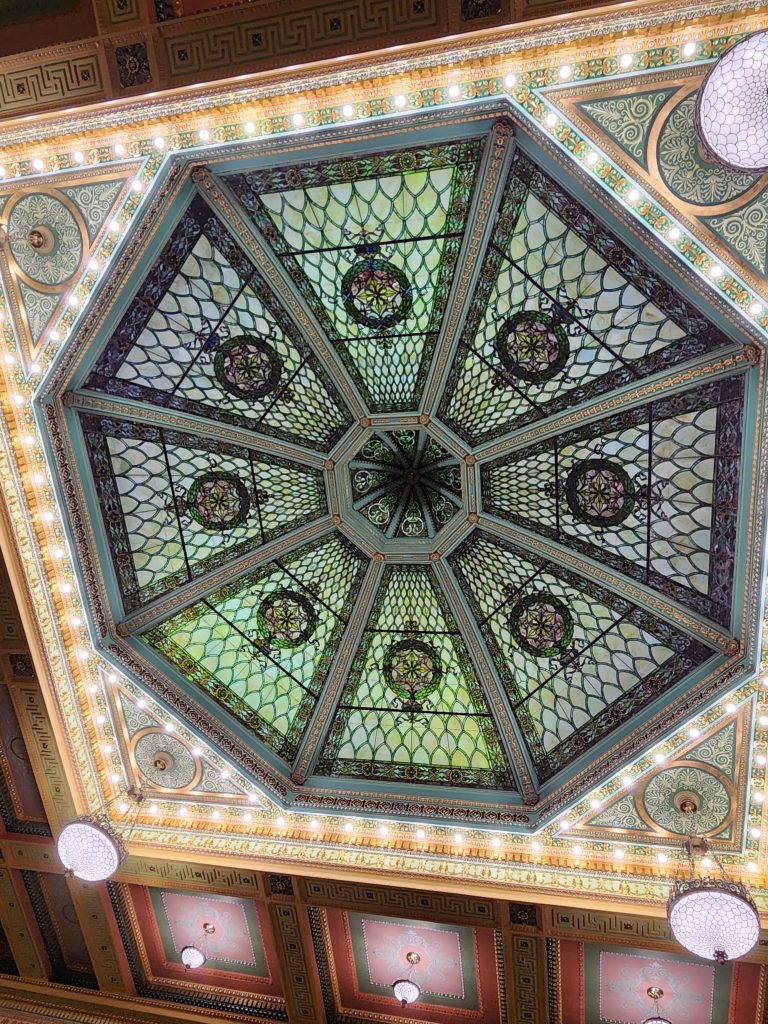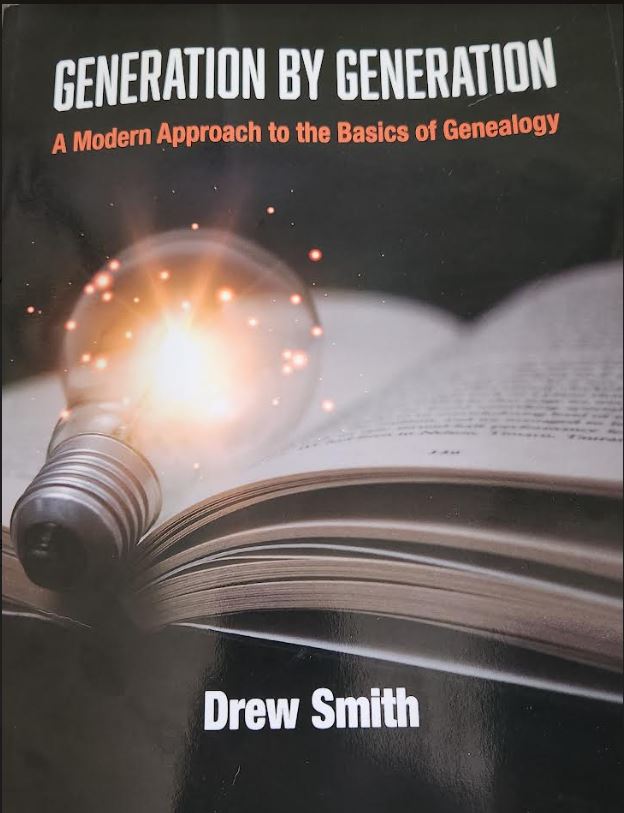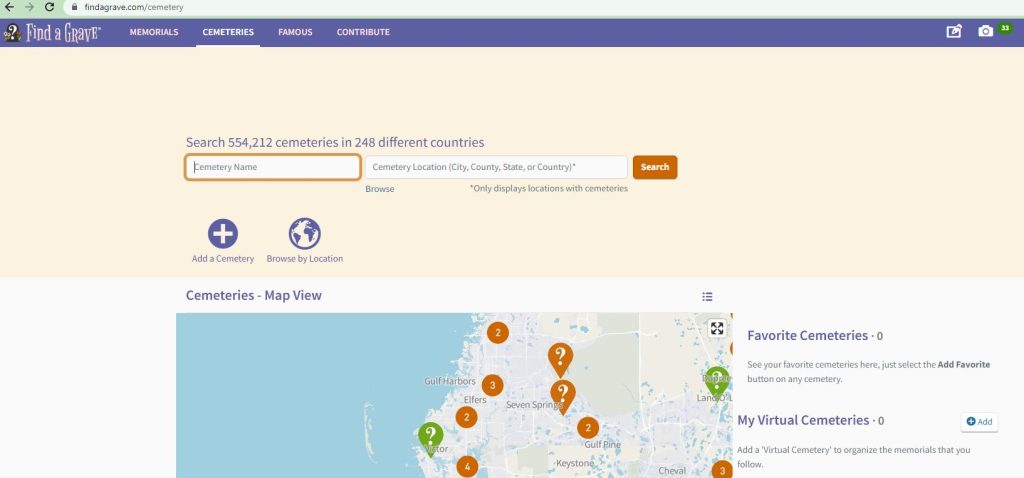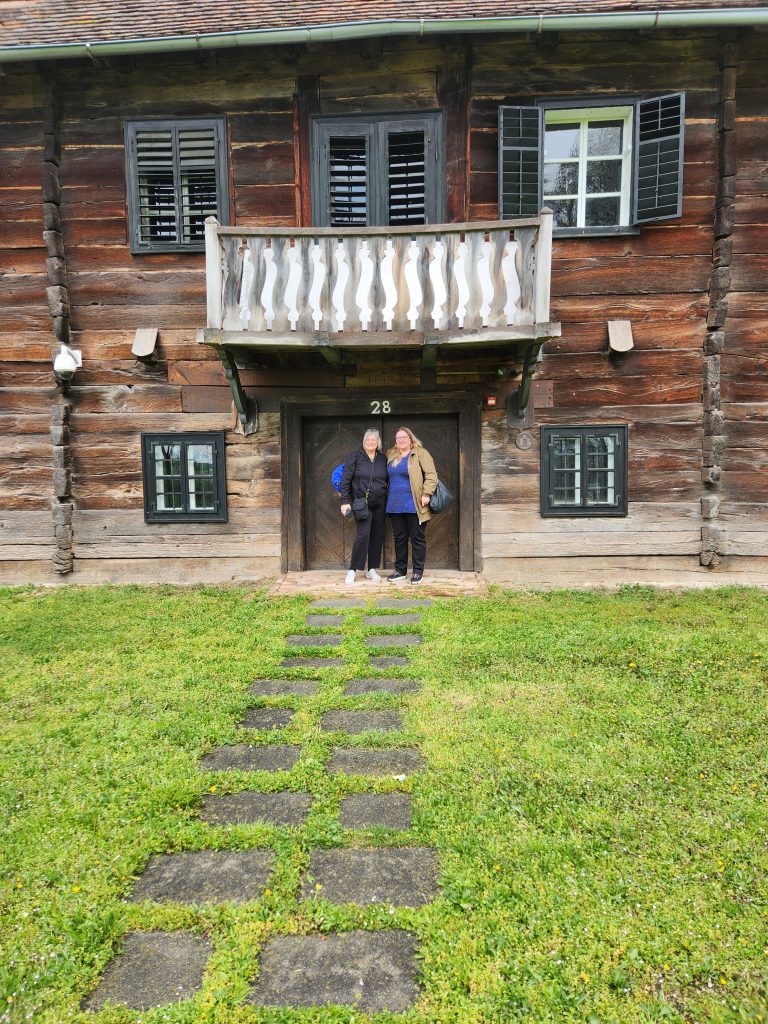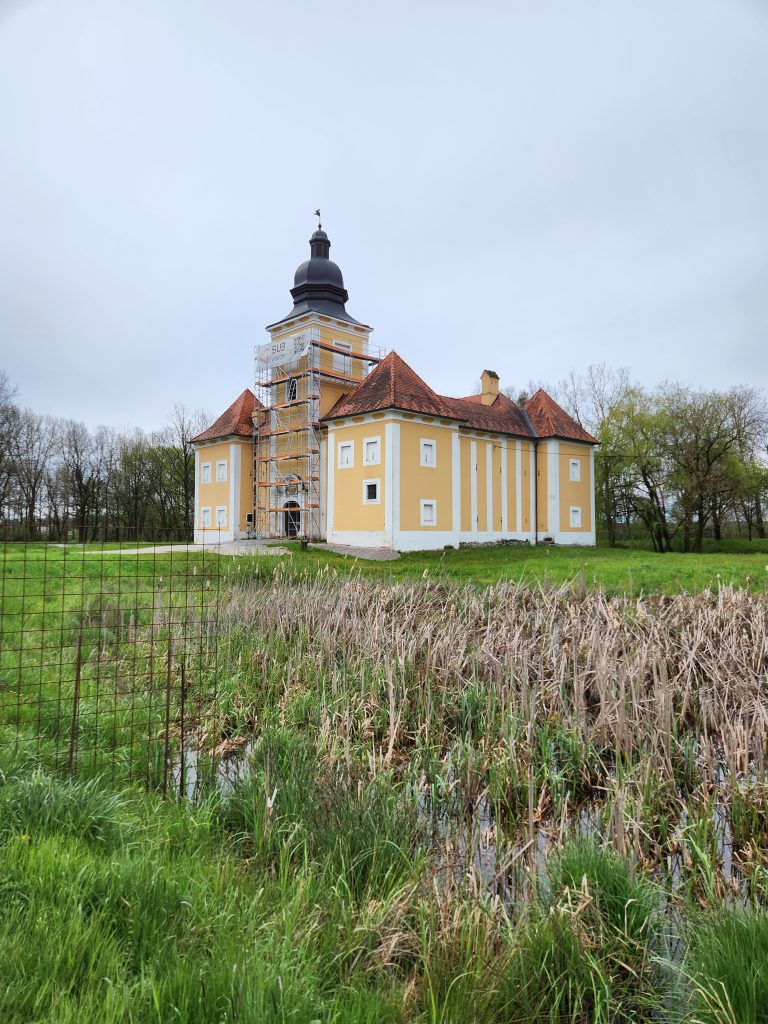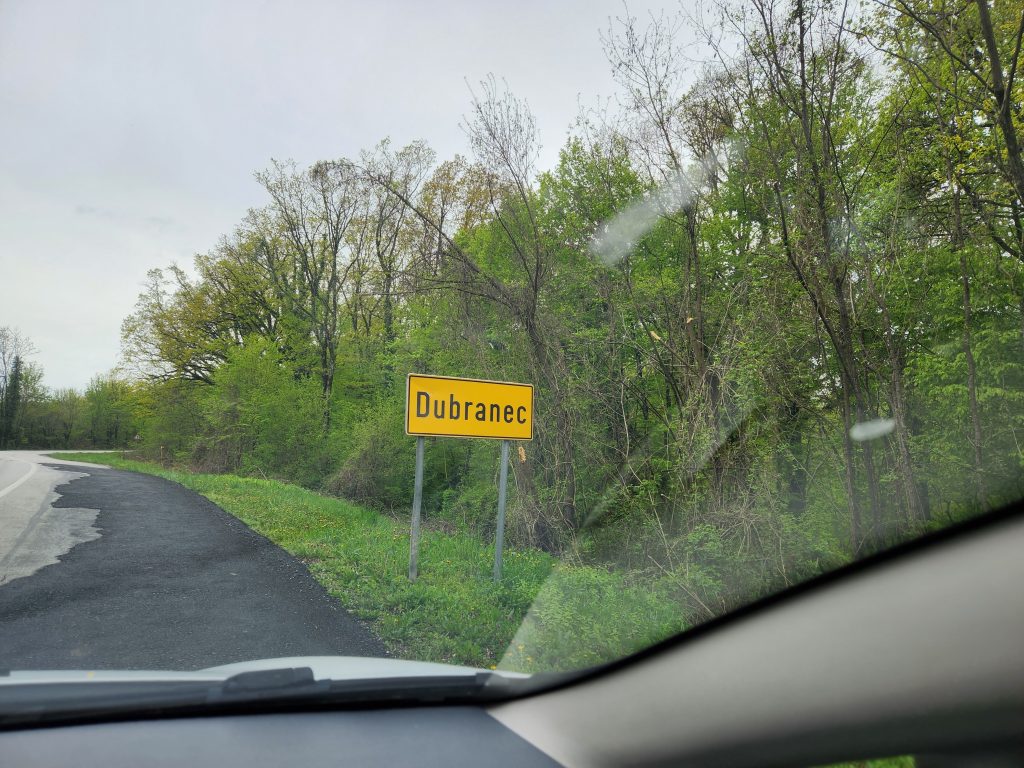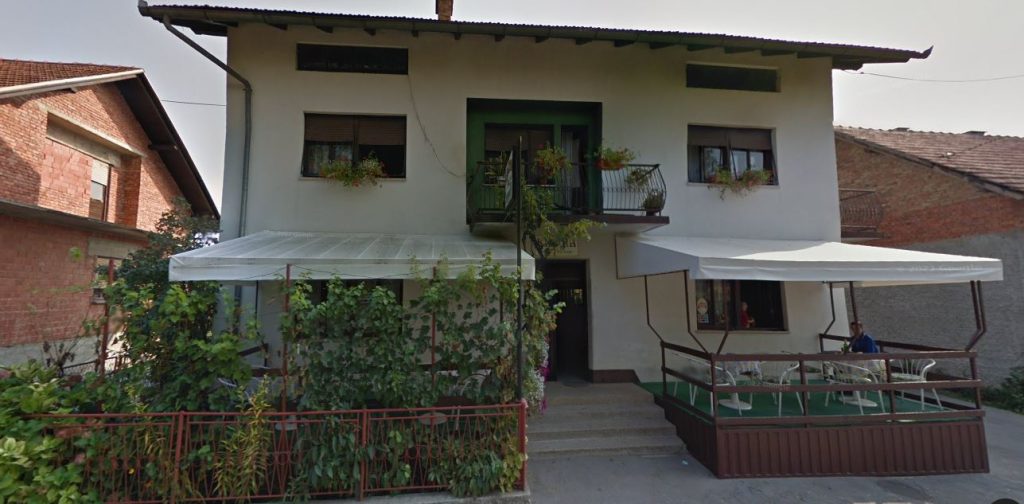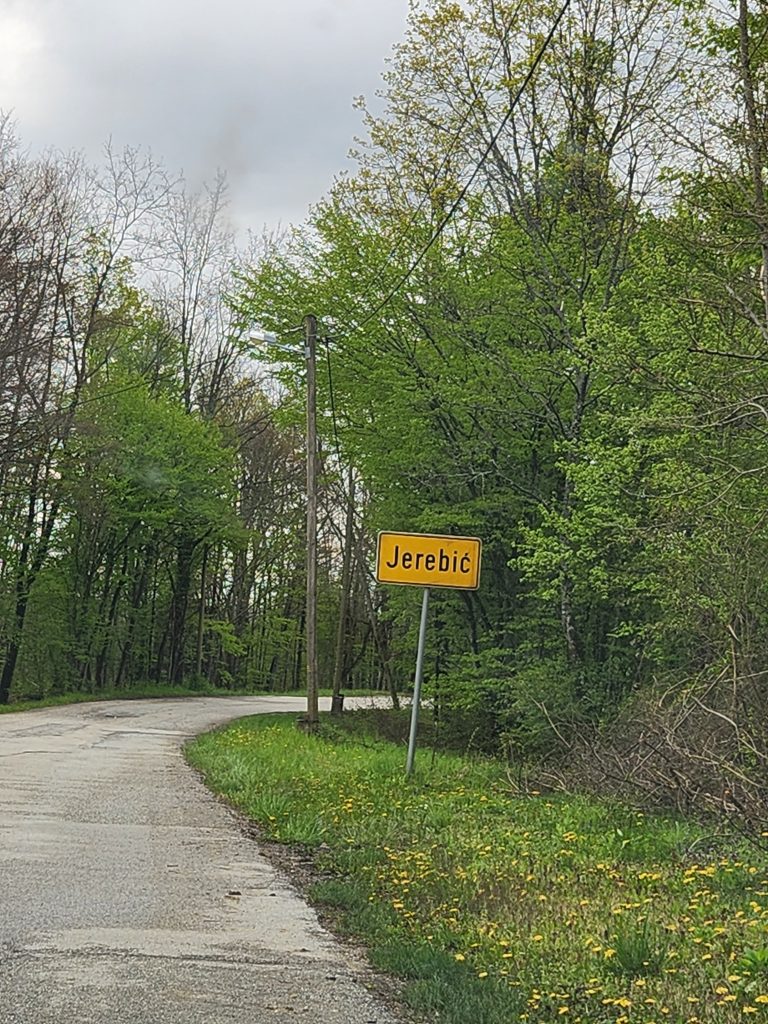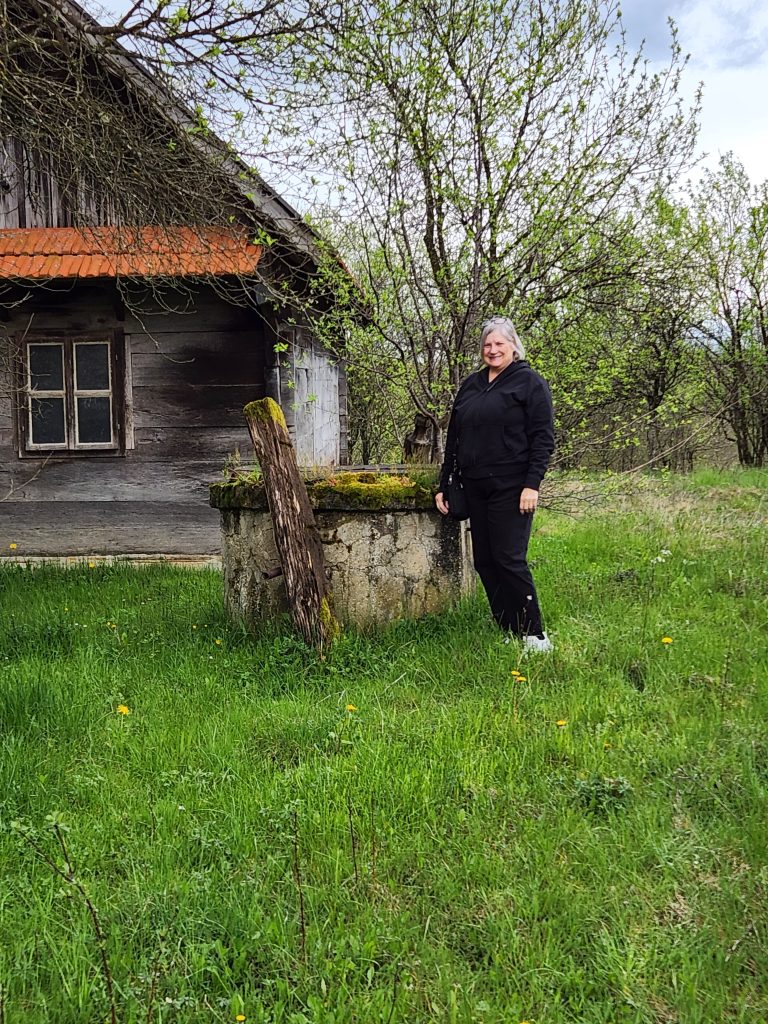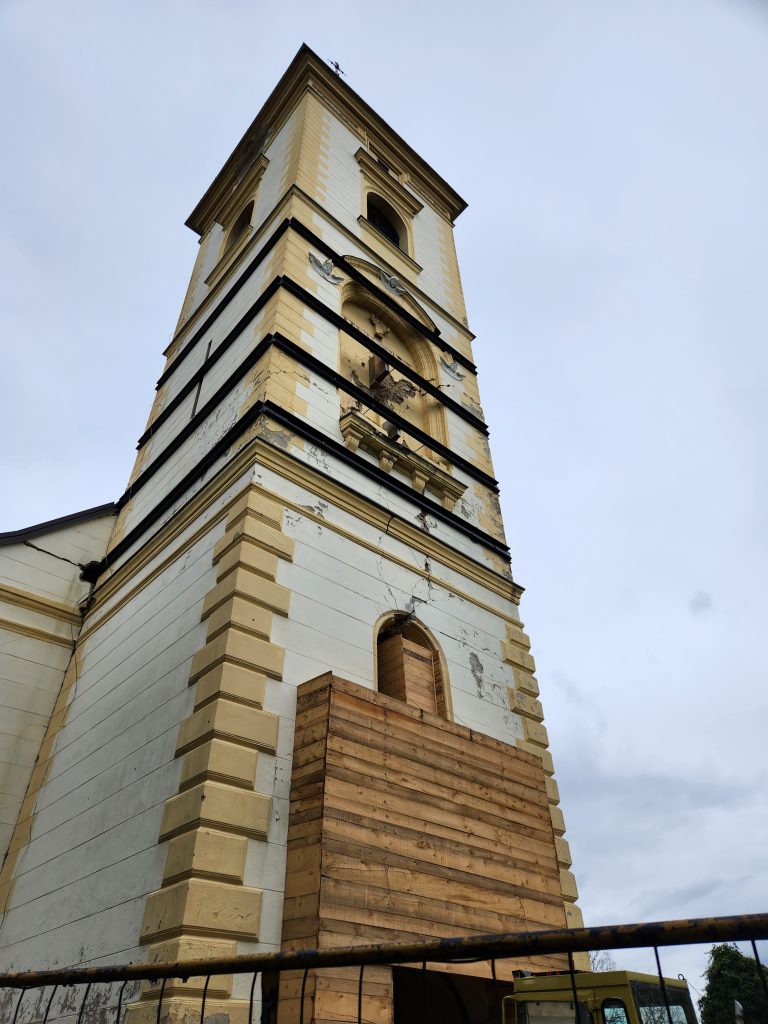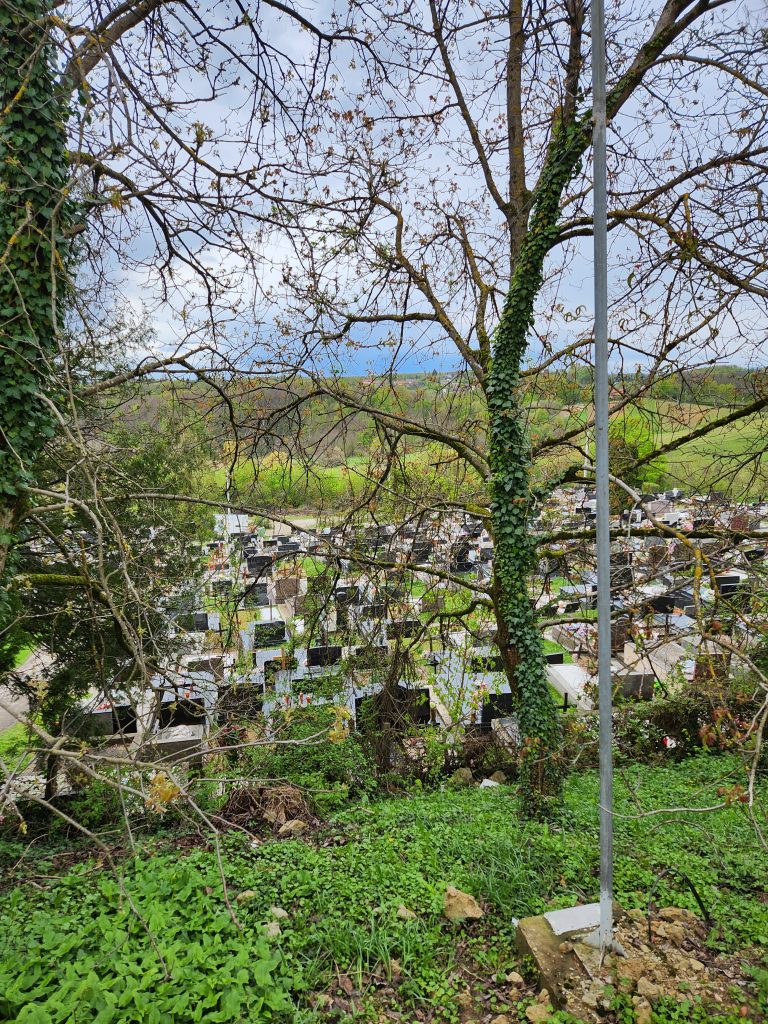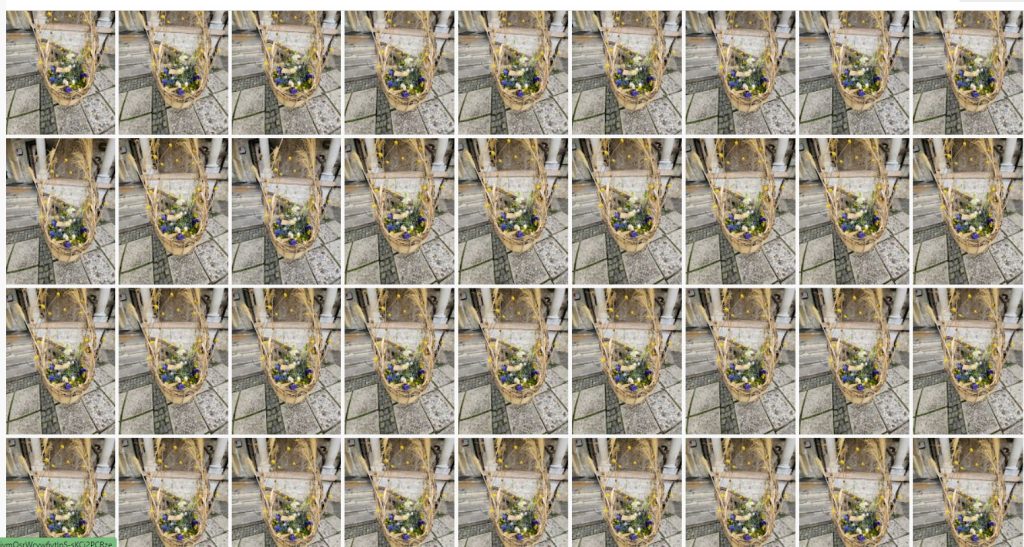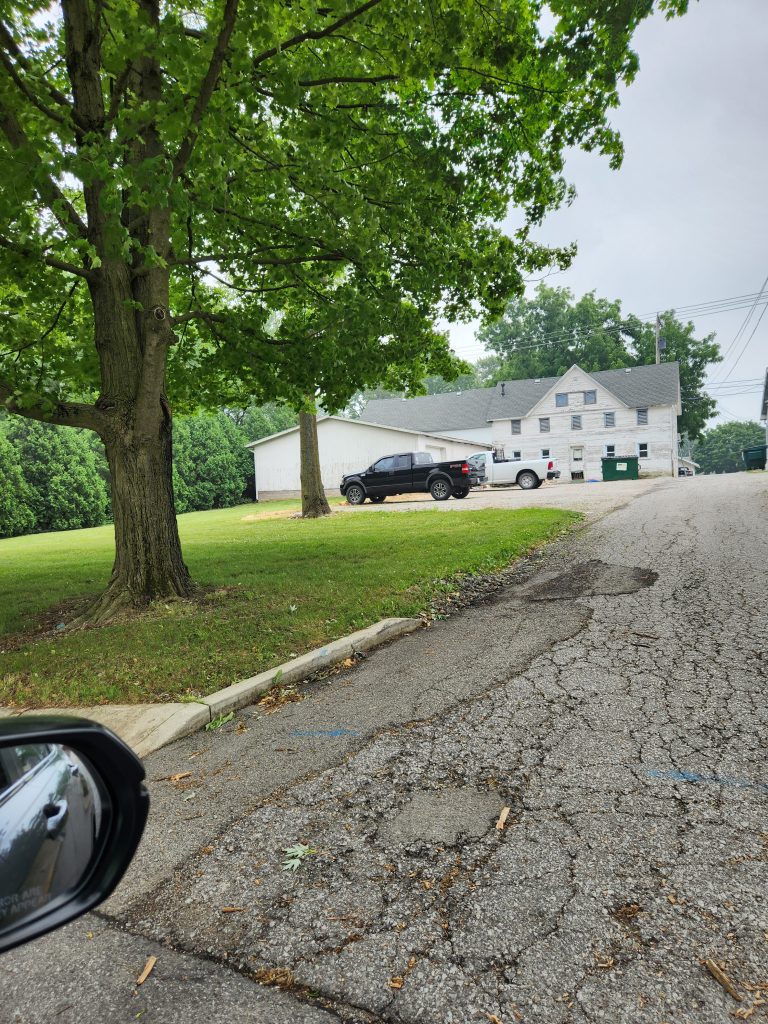
I’m positive you’ll laugh at how I ended up on a genealogical journey that was unintended.
My car needed service and I was asked to drop it off for the day. Since I no longer live close to the dealer my husband decided to follow me in his car. Our plan was to stop at a few stores and then return home, waiting for the mechanic to call to inform me that the work was done. Then, we’d go back and retrieve the vehicle.
Our first shopping errand was to purchase a few garden tools for a family member who was working and couldn’t take advantage of a very good sale. Unfortunately, the hoe was not available and the great computer in the clouds found only one, in a town called Bluffton, about an hour and a half from where we were.
My husband and I visited there last year when we were searching for a new home but hadn’t been back since. It’s on my list of places to research, however, and since there’s no time like the present, I thought I’d try to fit some research into my schedule.
I Googled the historical museum address as soon as we had the hoe in the trunk. Unfortunately, it’s only open on Sunday and Wednesday and it was Tuesday. Sigh. The next stop was the Wells County Public Library.
We arrived at the Genealogy Department on the second floor and were immediately assisted by Jason. I was totally unprepared – no thumb drive, no notes, not even a research question. I asked for any information on Dr. Charles Landfair who had resided in the city from the late 1800s to 1936, with a break for jail time in Michigan City.
Yep, Charles is one of my black sheep ancestors that I always wanted to learn more about. My father was quite proud of his great-uncle who had been a physician. What no one in the family conveyed to me was the character, or lack thereof, of the man known as Uncle Charlie.
Charlie had serious addiction issues and was a violent alcoholic. His patients loved him, though, and after his jail stint, re-established care with him as their doctor.
This fascinates me and I wanted to learn more about him and his brother, my great-grandfather, who shared many of the same characteristics as Charlie.
Jason readily asked me if I’d like a copy of the obituary which I believed I had. He helped me sign on to a computer so I could bring up my tree info as I was having difficulty seeing it on my phone. While I was doing that, Jason was looking on a microfilm index for newspaper records that aren’t available online. Small-town newspapers have the space and the knowledge of their community members so the articles provided me with much richer details of Charlie’s life. I hadn’t known he had first been a schoolteacher, where he attended and purportedly the date of his graduation from medical school, and other towns where he had practiced medicine. I had guessed which medical school he had attended, however, they had no record of him. Hmm, now that I have a graduation year I plan on rechecking with them.
Jason also found burial records that listed medical conditions I also hadn’t known about.
Jason didn’t stop there; I had the census records and therefore, addresses of Charlie’s home. Jason checked Sanborn maps and then helped me find the addresses by using Google Maps as he was aware that the addresses had changed since 1920-1930. The picture you see at the top is where the house, long gone, once was and where Charlie died. I confirmed with the business in that back that now owns the lot that was once the address I was searching for. Charlie lived right across the street from the Wabash River and what is now a city park. The business behind where the house stood was there when Charlie was alive and the founder likely knew his neighbor. After Charlie’s death, the neighbor purchased the lot and tore the home down as it is in a flood plain.
I wish I could get Jason a raise, as he is a valuable asset to the Bluffton Library, however, we all know that for some reason, money for pay raises for librarians and teachers is hard to come by. My blog today is to celebrate Jason and all those other librarians out there that work tirelessly and respectfully to those unprepared patrons who like I did, walk in looking for what they don’t even really know what they want. Thanks, Jason, I greatly appreciated your help!
And I can’t wait til the next time I need an oil change; no telling what genealogical discovery I’ll make.
